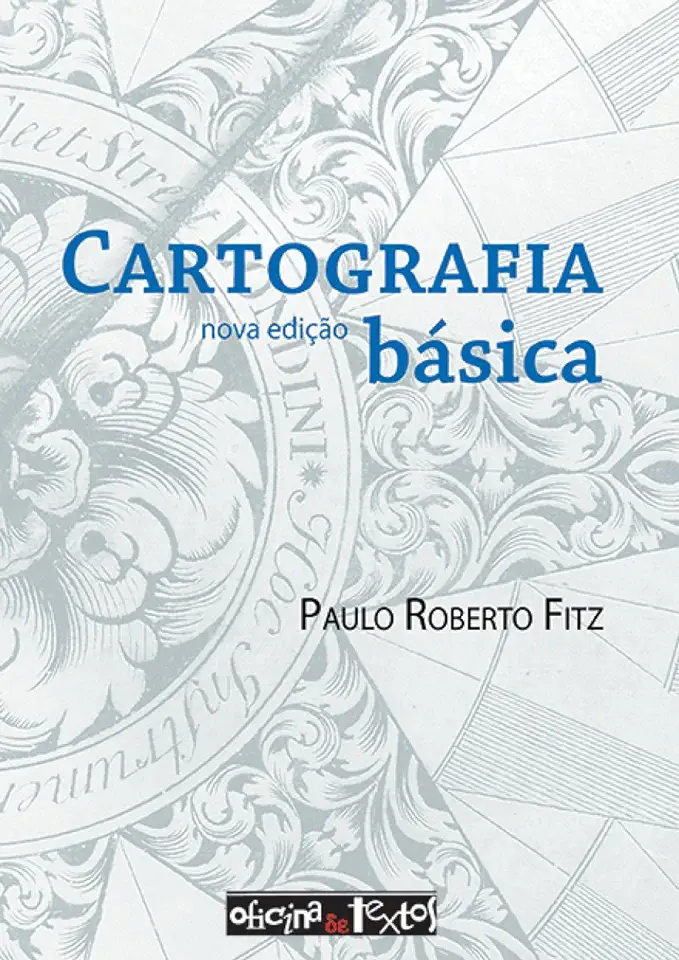
Basic Cartography - Paulo Roberto Fitz
Basic Cartography: A Comprehensive Guide to Creating Maps
Introduction
Maps are a powerful tool for communicating spatial information. They can be used to visualize data, plan routes, and make decisions. In today's world, maps are more important than ever, as they help us to understand our increasingly complex and interconnected world.
What is Cartography?
Cartography is the art and science of making maps. It involves the selection, generalization, and symbolization of geographic data to create a visual representation of a place. Cartographers use a variety of techniques to create maps, including traditional hand-drawn methods and modern computer-aided design (CAD) software.
Why is Cartography Important?
Maps are essential for a variety of purposes, including:
- Navigation: Maps help people to find their way from one place to another.
- Planning: Maps can be used to plan routes, develop land use plans, and make other decisions.
- Education: Maps can be used to teach students about geography, history, and other subjects.
- Communication: Maps can be used to communicate spatial information to a wide audience.
The Basics of Cartography
The basic elements of a map include:
- Scale: The scale of a map indicates the relationship between the distance on the map and the distance on the ground.
- Projection: The projection of a map is the way that the three-dimensional Earth is represented on a two-dimensional surface.
- Symbols: Symbols are used to represent features on a map, such as roads, rivers, and cities.
- Colors: Colors are used to distinguish between different features on a map.
Types of Maps
There are many different types of maps, each designed for a specific purpose. Some of the most common types of maps include:
- Topographic maps: Topographic maps show the physical features of an area, such as mountains, valleys, and rivers.
- Road maps: Road maps show the roads and highways in an area.
- Political maps: Political maps show the boundaries of countries and other political units.
- Thematic maps: Thematic maps show the distribution of a particular theme, such as population density or land use.
How to Read a Map
Reading a map is a skill that can be learned by anyone. Here are a few tips for reading a map:
- Start with the legend: The legend is a key that explains the symbols used on the map.
- Find the scale: The scale of the map will tell you how to measure distances on the map.
- Orient yourself: Use the compass rose to orient yourself to the map.
- Find the features you are looking for: Use the index to find the features you are looking for.
Conclusion
Maps are a powerful tool for communicating spatial information. They can be used for a variety of purposes, including navigation, planning, education, and communication. By understanding the basics of cartography, you can learn how to read and use maps effectively.
Order Your Copy of Basic Cartography Today!
Basic Cartography is the essential guide to creating maps. It covers everything you need to know, from the basics of cartography to the latest advances in mapmaking technology. With Basic Cartography, you'll be able to create maps that are both accurate and visually appealing.
Order your copy of Basic Cartography today and start making your own maps!
Enjoyed the summary? Discover all the details and take your reading to the next level — [click here to view the book on Amazon!]